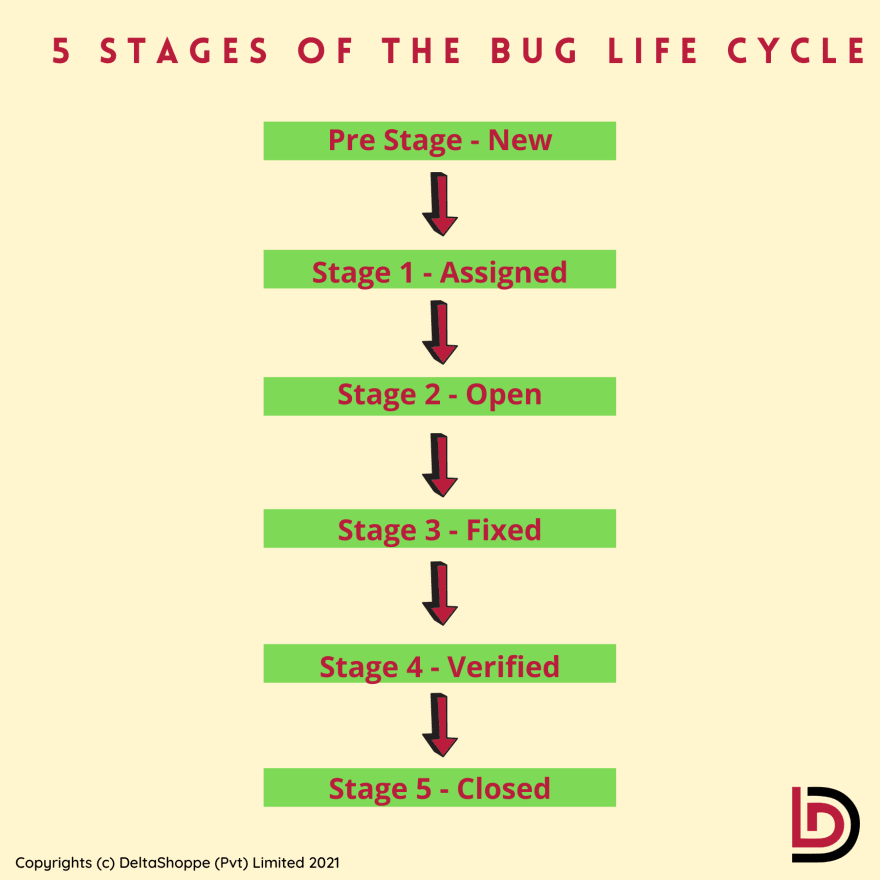On the occasion of the Tester's day, it is important to understand the evolution of technology in the testing process. From manual testing to automation, things have changed quite significantly since the first-ever bug was discovered. Software bugs are errors, flaws, and defects in a software application that arise during software development from either the source code or the system in which your application is being developed.
Recently, there have been calls to cast aside the term bug and instead label it a "mistake", "blunder" or "glitch". While the latter terms have been used consistently, however, the main terminology is still a bug that sets aside this from the rest. While history has had its days whenever there are "glitches" and "typos", however bugs can affect the overall development process.
How do bugs appear in an application?
When the initial phase of testing begins, requirement analyses are given to the testing team. If the application is specifically meeting all the requirement analysis, then it's all good to go. However, when things don't go as planned, then the case of "there's a bug" in the application arrives. The bug is reported back to the development team.
Priority levels in software testing
Once reported, the priority levels for software testing i.e. testing for bugs are classified as below:
Low Level: At this level, the bug doesn't affect the core functions. It doesn't have any overall effect on the product/software release.
Mid Level: The software release is possible once the team is satisfied that the bug doesn't affect the core functions of the final product. Here documentation is very important.
Critical Level: Bugs can affect the core functions of the product. Thus, it is a high priority level in testing.
5 stages of the bug life cycle in software testing
The bug life cycle in software testing goes through several stages. They are listed as below:
Pre-Stage - The testing/QA team discovers a bug for the first time. The team logs it and posts it. In this pre-stage, the bug status is called new.
Stage 1 - Once certain that the new bug is genuine, the testing team assigns it to the corresponding dev team. This means the status of the bug is now assigned.
Stage 2 - The development team begins analyzing and working on fixing the bug. Now the status of the bug is open.
Stage 3 - Once coding changes are made by the developers, the bug status is fixed.
Stage 4 - The bug is sent back. The tester performs retesting of the changed code. This is to ensure whether the bug fix is now working or not. The status is changed to verified once it is ensured that the software is not showing the bug.
Stage 5 - Once fixed, the testing team can set the status of the bug to closed meaning that the bug is now fixed, tested, and approved.
Tracking bugs in an agile environment
Tracking bugs is essential to eliminate errors before the final product is released. An agile QA process can manage bug tracking extremely well. Thanks to testing benchmarks, review meetings, and daily scrums, the workflow in agile are efficient. Moreover, agile teams prioritize, monitor, and report the status of each bug traced. Furthermore, in an agile environment, bugs can be traced as early as possible (during the development process) therefore mitigating costs in fixing thus never compromising on quality.
To sum up
It is always essential to note that the bugs can affect new features as well as the old ones. Therefore, conducting quality tests and incorporating feedback during all stages of the product development process is very important. Using the right tools to track bugs can help in resolving the issues as early as possible, thus meeting the requirements.
Posted for DeltaShoppe (Pvt) Limited - Visit us: https://www.deltashoppe.com
The writer is a Content Strategist in DeltaShoppe (Pvt) Limited





Top comments (0)